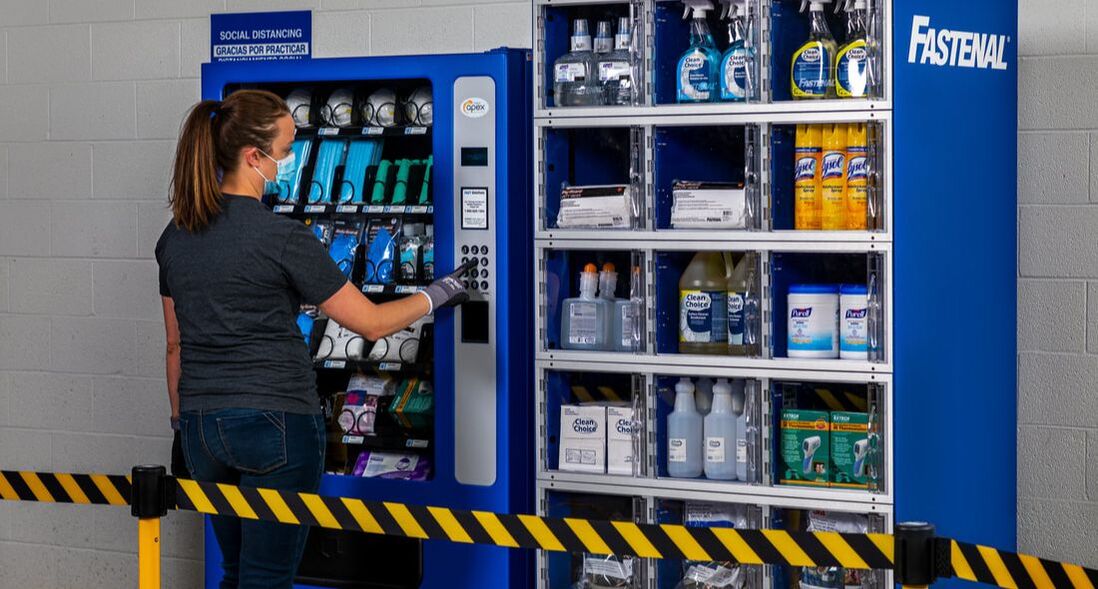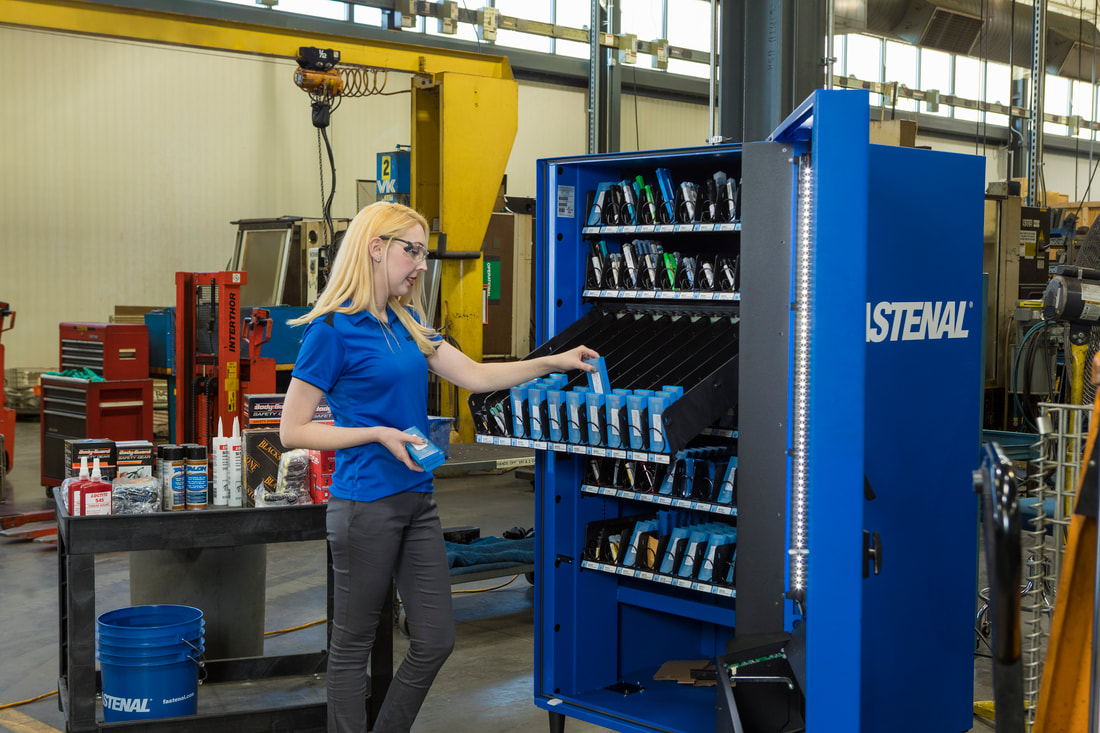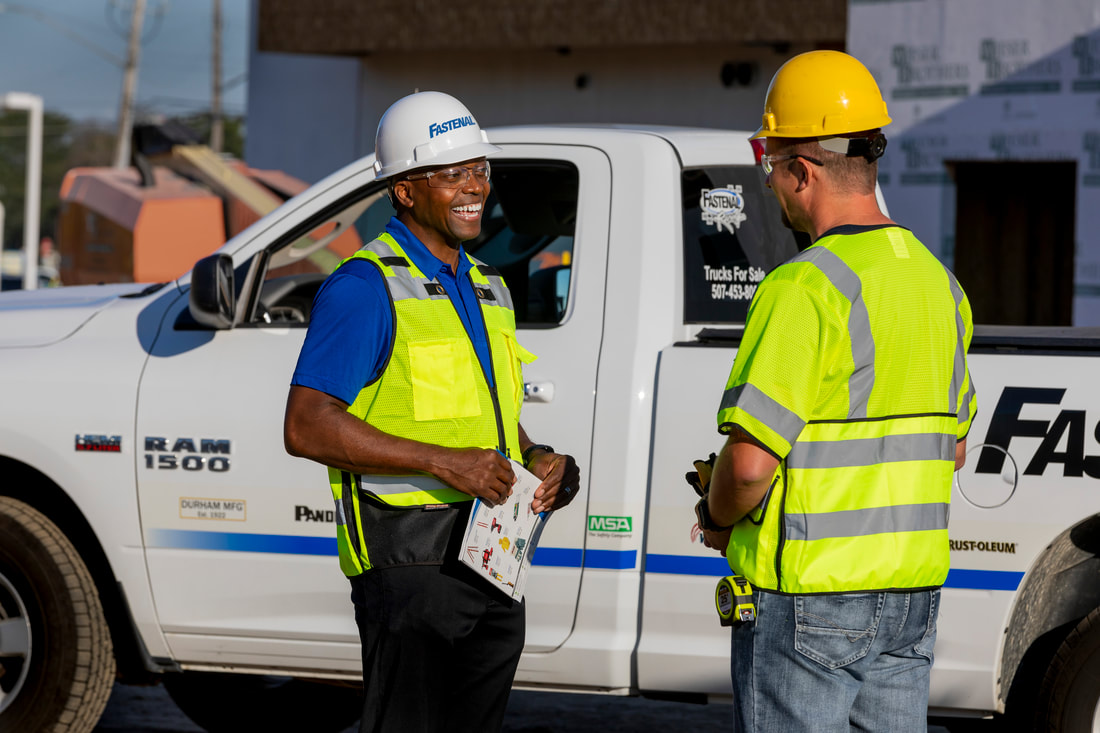Winning the game of risk
Updated September 6, 2023
By Kevin Fitzgerald | VP of Sales Operations
By Kevin Fitzgerald | VP of Sales Operations
|
The question on everyone's mind: How can we avoid repeating what we all just went through?
In the wake of tariffs, natural disasters, and the pandemic (Plus, all of the constraints associated with the recovery.), risk mitigation has risen to the top of the priority list for supply chain professionals. Here are some insights summarized from a recent webinar. If you don’t already have an internal team for supply chain risk mitigation, start building that out. Develop a plan with input from all relevant departments, and include your strategic suppliers. We’re already managing end-to-end risk behind the scenes and can be a great resource. Document the plan. Build in options – things don’t always go according to script during an emergency. Then communicate and practice it; put it into action and play out the scenarios. Be sure to designate an owner with authority to “quarterback” the team and make fast decisions in the heat of the moment. Want the full webinar? Click here! You may also like:
Vertical Divider
|
Want the full webinar?
Click here! Like what you're seeing here? Subscribe to the Blue Print for FREE and get the magazine sent right to your address.
|





